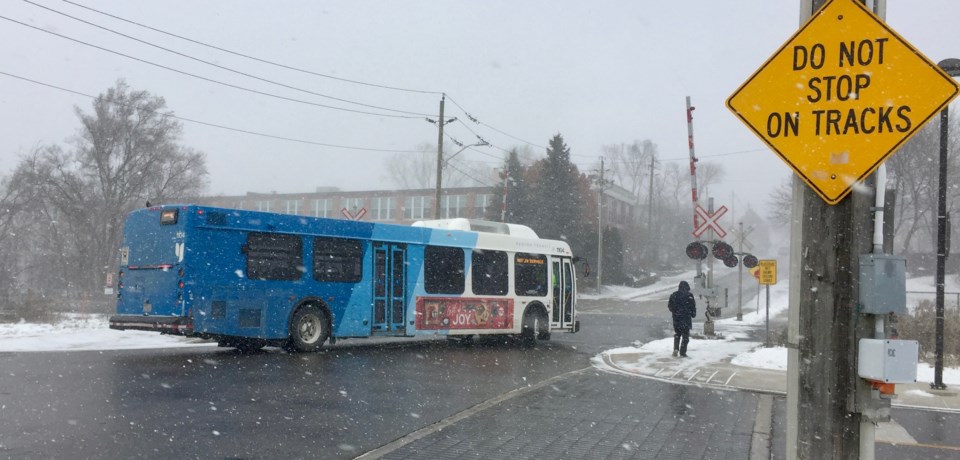York Region Transit is moving ahead with a recommendation for fare integration with the Toronto Transit Commission within the next five years.
The two transit services told a virtual town hall audience Feb. 3 that removing the cross-boundary double fare would be recommended to decision-makers as the finale to an ongoing review process. They will also look to cap fares and align rates for youth, senior and low-income groups.
TTC analyst Mandeep Singh said they heard about the double-fare enough to make it a priority, despite implementation challenges.
“We know how important this is for providing you with more affordable transit. Of all the options we looked at, that is actually the most complex because it requires the involvement of so many stakeholders,” Singh said.
The idea has been discussed for years, though has yet to come to fruition. But it got consideration and is a finalist for a five-year fare policy review started by both agencies in 2020. The recommendations will be presented to the TTC board of directors in February and York Region council in the spring, with final report to come in May.
Most of the attendees were invested in the concept, with 40 per cent indicating they are most excited to see it happen, compared to 21 per cent for fare-capping, seven per cent for fare-category alignment and 33 per cent of all of the above.
Fare-capping will involve having a maximum fare charge for travelling within a day, week or month before all trips become free. Meanwhile, fare alignment will address discrepancies where youth and seniors cannot qualify for a low-income rate.
York Region Transit policy and accessible service specialist Erin Straughan said they heard from more than 6,000 in a survey that found these options to be the top priority, though only three per cent used York Region Transit only and eight per cent used both. She noted cross-system fares are already in place with the rest of the 905-area.
“It’s one option that we’re looking at as part of these three emerging options. It really does align with the rest of the transit agencies across the GTHA,” Straughan said.
Some residents spoke positively about the idea. Luc Sugar said, “I support further integration in terms of the subway extension to Vaughan and the future extension to Richmond Hill.”
But several raised questions with the system, which would continue utilizing a two-hour transfer limit.
“Many potential trips on TTC and YRT could easily extend beyond the two-hour limit,” Timothy Young said.
Straughan said the process has whittled down different fare initiatives from 41, down to 11, to now three that will go forward. But she added it would take time to implement these ideas, with no firm timeline set.
“These initiatives aren’t happening right away. Obviously, additional analysis is required,” Straughan said. “Once the TTC board approves it, we’ll have to go back to do some additional costing analysis.”



